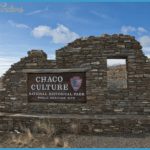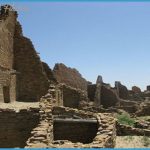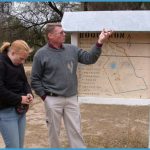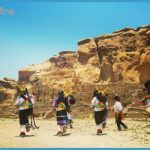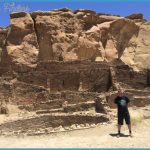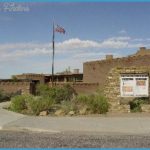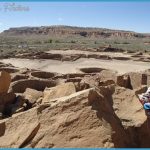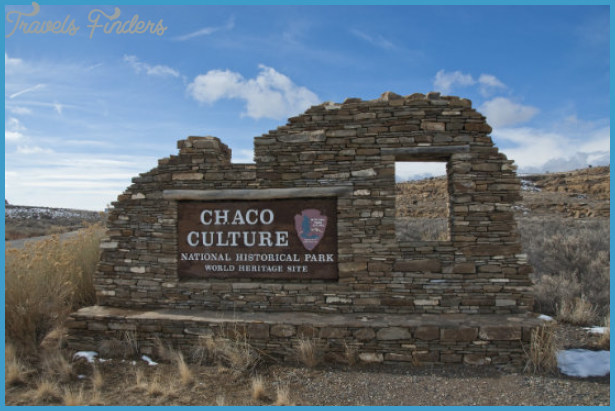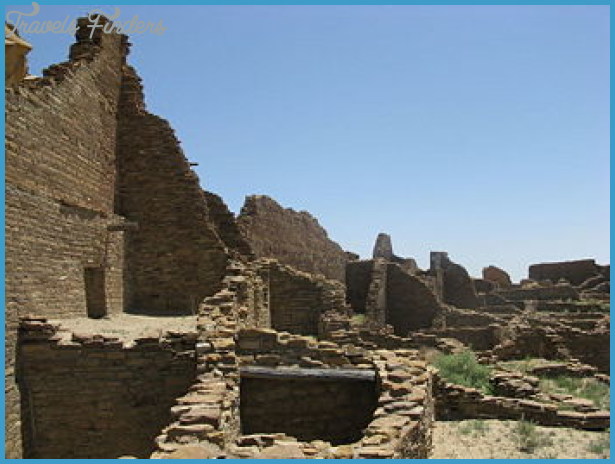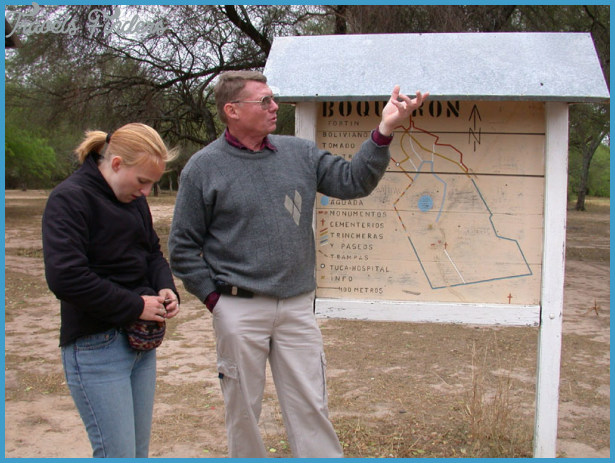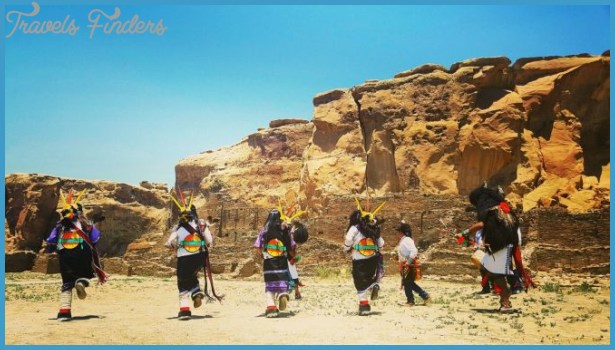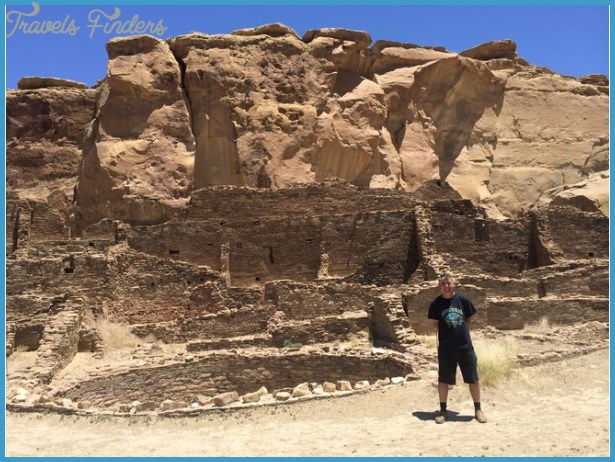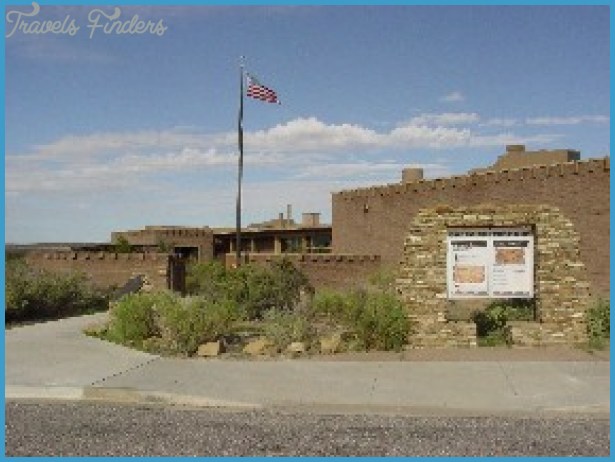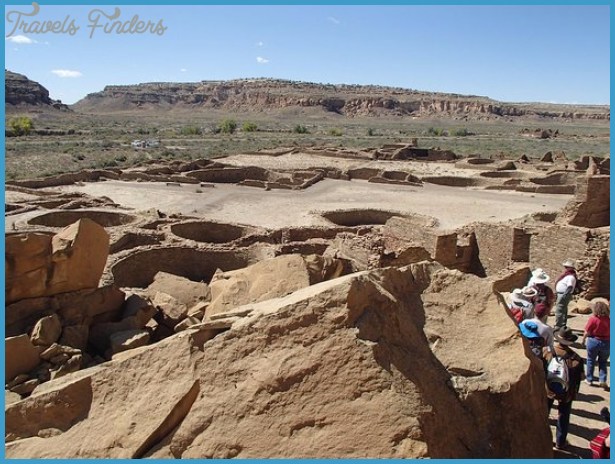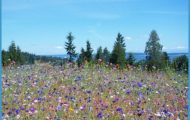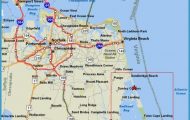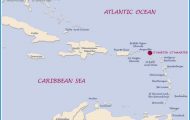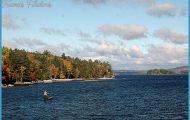Cattle Ranching in the Chaco
Despite the many obstacles it presents, the Paraguayan Chaco has become increasingly exploited by large scale cattle ranchers. What makes the land in this remote corner of South America so attractive is its comparatively low cost. A tract of land in the Paraguayan Chaco can cost as little as half the price of comparable land in neighboring Argentina and Brazil. In addition, soil conditions are such that grass grows readily (especially popular varieties such as Gatton Panic and Tanzania which are ideally suited to hot climates), providing abundant food for cattle. In fact, the grass can sometimes grow high enough for the cows to get lost in it and die of thirst. In many regions of the world, grass-fed cattle may require up to twenty hectares per head. However, in the Paraguayan Chaco, cattle ranchers are generally able to allocate about one hectare per head of cattle. Given the region’s intense heat, it is no surprise that most cattle ranchers favor breeds of cattle able to survive in high temperatures such as Nelore or Brahma (both originally from India). The heat does have its benefits though, most notably the lack of parasites. Unlike cows raised in Eastern Paraguay, which reach market weight in three years, Chaco cattle are often ready for slaughter in two years.
Though land prices are cheap in the Chaco, the upfront costs for setting up a cattle ranch in this region are very high. Roads must be created, landing strips cleared, fences erected, and wells dug. With the exception of a small number of wealthy Paraguayans, the cattle industry in this region is largely dominated by Mennonites and Brazilian estancieros.
Loma Plata
This remote region of Paraguay was first scouted out by a group of Canadian Mennonites as a possible location for a new colony in 1921. Six years later, the colony of Menno was established. Yet the colony’s journey to their new home was anything but easy. Financed by American and Canadian Mennonites, the small group of immigrants voyaged from Canada to Buenos Aires, Argentina, by ship. They then travelled by ship up the Paraguay River to the town of Puerto Casado in the Paraguayan Chaco. At the time, Puerto Casado was the epicenter of the Chaco’s tannin industry (see Carlos Casado and the Tannin Industry). The settlers were forced to remain in Puerto Casado for a full year while the Paraguayan government prepared the official land grant. During this time, the settlers suffered many hardships including a massive typhoid outbreak which killed ten percent of the community and caused many more to despair and abandon the mission. The final trek to their new home was another odyssey. The first 145 kilometers were done on the Carlos Casado company railroad, normally used to transport enormous quebracho tree trunks to the riverside tannin factory. The Mennonites had to travel the remaining one hundred kilometers through the wilderness by horse drawn carts and on foot.
Despite the many hardships they faced, the colonists managed to turn Loma Plata into a thriving town. The city functions as the administrative center for Chortitzer Cooperative (www.chortitzer.com.py) which distributes the popular Trebol brand of dairy products. The journey of the original scouting team and first group of settlers is depicted in the cooperative’s museum in the center of town. Tours of the Trebol factory can be arranged through the cooperative’s tourism office. The citizens of Loma Plata make regular trips to Canada which means you are more likely to run into more English speaking Mennonites here than in the other colonies. However, of the three colonies, Loma Plata also has the reputation for being the most traditional and closed off to foreigners.
Coopertiva Chortitzer Komitee Tourism Office Walter Raltzalf can help arrange for tours of the town’s free museum, the Trebol dairy factory (approximately Gs. 150,000) and the Isla Po’i experimental farm Tel: 0492 52301/401/501, Avenida Central next to the museum, turismo@lp. chortitzer. com.py

